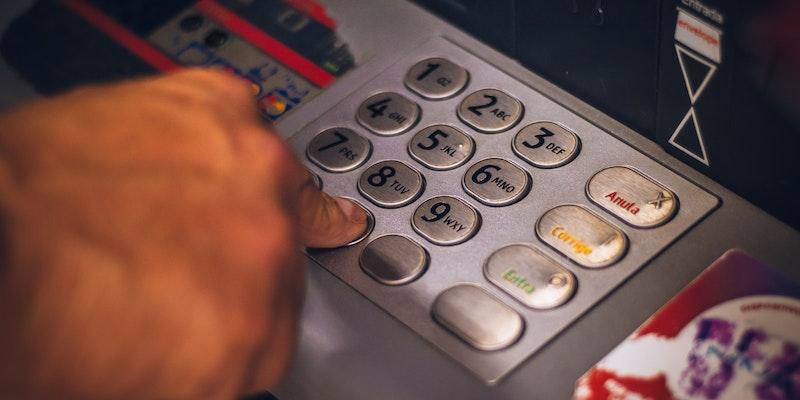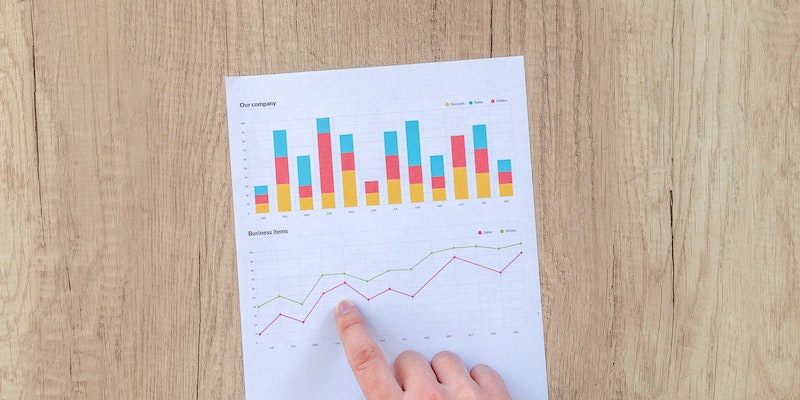Currency Insights 2023: Managing Money While Travelling in Ireland
Triston Martin
Oct 24, 2023
The Euro (€) stands out when considering Ireland's economic heartbeat. Since 2002, when Ireland bid farewell to the Irish pound, the Euro took center stage. This currency isn’t just unique to Ireland; it's the chosen currency for several European Union nations. As a traveler, recognizing the various Euro coins and banknotes enhances your shopping and overall experience in the Emerald Isle.
This goes beyond knowing how much to pay. Irish currency history is also worth appreciating in a country that blends its rich traditions with modern conveniences.
Exchanging Money for Your Trip

Your travel to Ireland begins long before you step onto Irish soil. One crucial aspect is ensuring you have the right Euros to kickstart your trip. Banks in your hometown remain a solid choice for exchanging money. They’re trusted and often offer rates that mirror the current market.
For those who cherish convenience, online currency exchange platforms come to the rescue. A few clicks and your desired amount of the currency of Ireland gets dispatched to your doorstep. While it might be tempting to exchange currency at the airport upon landing due to its accessibility, it's often the less economical choice due to the slightly inflated rates and fees.
Using ATMs in Ireland
If you like to carry only a little cash, ATMs scattered across Ireland are your best friends. They're user-friendly, and most importantly, they embrace international cards, spewing out Euros for your needs. But remember, your bank back home appreciates a heads-up. Inform them about your travel to Ireland to keep those ATM transactions smooth. And yes, those small printed charges on the ATM? They matter. International withdrawals sometimes come with a fee, so keeping track helps manage your travel budget.
Card Payments in Ireland
Ireland isn't just about picturesque landscapes; it's also about a seamless shopping experience. Whether you’re dining in Dublin or shopping in Sligo, you’ll find that most establishments welcome major credit and debit cards. Among them, Visa and Mastercard are the usual favorites, with American Express following closely. When you hand over your card, remember the four-digit PIN. Most Irish terminals ask for it, ensuring your transactions are safe.
Contactless Payments
We're in times where efficiency meets technology. This is evident in the increasing number of businesses adapting to contactless payments in Ireland. Whether it’s a quick tap of your card for that delicious Irish coffee or using modern payment methods for your souvenirs, the experience is swift. Apple Pay and Google Pay are popular choices, further simplifying your travel to Ireland.
Cash or Card?
Many tourists in Ireland ask, "Should I use cash or card?" The response largely hinges on where you are and what you're doing. While most city centers and modern establishments readily accept card payments, venturing out into the more rural pockets of Ireland might present a different picture.
The Need for Cash in Rural Areas
Ireland's scenic countryside and smaller towns are a treat for every traveler. However, it’s these spots where the currency of Ireland, the Euro, in its tangible form, becomes essential. Some quaint bed and breakfasts, local pubs, or traditional craft shops in these areas might only accept cash. Hence, even if you predominantly use cards, ensure you have a few Euros in your wallet to avoid payment hitches.
Budgeting for Your Trip
The practicality of budgeting accompanies the thrill of travel to Ireland. This beautiful country offers a range of experiences, each with its price tag. Let’s break down the potential expenses for a clearer picture.
Accommodation
Whether you're eyeing a simple hostel or a grand hotel, Ireland offers it all. Budget travelers might find decent lodgings starting from €40 per night. However, for those seeking more opulent stays, be prepared to spend well over €200 per night.
Food and Drinks
The culinary landscape in Ireland is rich and varied. A decent meal at a city restaurant could set you back anywhere from €15-€30. Throw in a pint of traditional Irish beer or a dessert, and you're looking at roughly €40.
Transportation
Efficient and reasonably priced, Ireland’s public transport system is commendable. For instance, if you spend a day in Dublin and plan to use the bus system, allocate about €7 for a day pass.
Sightseeing
Ireland boasts a tapestry of attractions. Let’s take the Cliffs of Moher as an example; an adult ticket here is approximately €8.
Crafting Your Budget
For the average traveler aiming for a mix of experiences, setting aside €100-€150 daily (excluding your stay) usually suffices. This estimate covers meals, local commuting, entrance tickets, and minor shopping. If luxury shopping or high-end experiences are on your agenda, adjust your budget upwards.
Tipping in Ireland
Traveling to Ireland often leaves visitors pondering about the tipping culture. While Ireland doesn't enforce a strict protocol on tipping, it's a gesture that workers certainly appreciate.
Understanding the Tipping Etiquette
Leaving a tip is customary if you've dined out and the bill doesn’t include a service charge. Generally, 10-15% of the total bill reflects appreciation for good service.
The norm must be defined for other services like taxi rides or guided tours. However, a general practice is rounding up your fare or fee to the nearest Euro. Alternatively, handing out a small token, especially if you’ve received commendable service, is common.
Always Check the Bill
It's essential to peruse the bill before deciding on the tip. Sometimes, establishments include a service charge, especially in more touristy areas. If that's the case, adding an extra tip is at your discretion.
VAT Refunds for Tourists

When you spend money in Ireland, you might notice the term VAT on your receipt. VAT, or Value Added Tax, applies to most goods and services you buy. This tax is commonplace in many countries, but Ireland currency offers a perk for tourists. You can get some of this money back if you're touring the country.
Shop at VAT Refund Eligible Stores
Tourists searching for souvenirs should keep an eye out for stores sporting "Tax-Free Shopping" signs. These signs indicate that the shop participates in the VAT refund scheme. Once you've selected and are ready to pay, ask the cashier for the VAT Refund Form. This form is the key to returning a portion of your Ireland currency.
Keep All Receipts
Remember, to claim your VAT refund, you need evidence of your purchases. So, every time you make a purchase and get a VAT Refund Form, be sure to keep the accompanying receipt. These receipts act as proof for the tax officials and help facilitate the refund process. Regarding the currency of Ireland, every cent counts, and these refunds can add up.
Claim at the Airport
As your travel to Ireland ends, and you're getting ready to depart, stop at the airport's VAT refund counter. Here, show the officials your unused purchases, the VAT Refund Form, and those all-important receipts. After a quick verification process, you'll receive your refund. They'll ask how you'd like it: in cash or returned to your credit card.







